Bluff Knoll: Everything you need to know
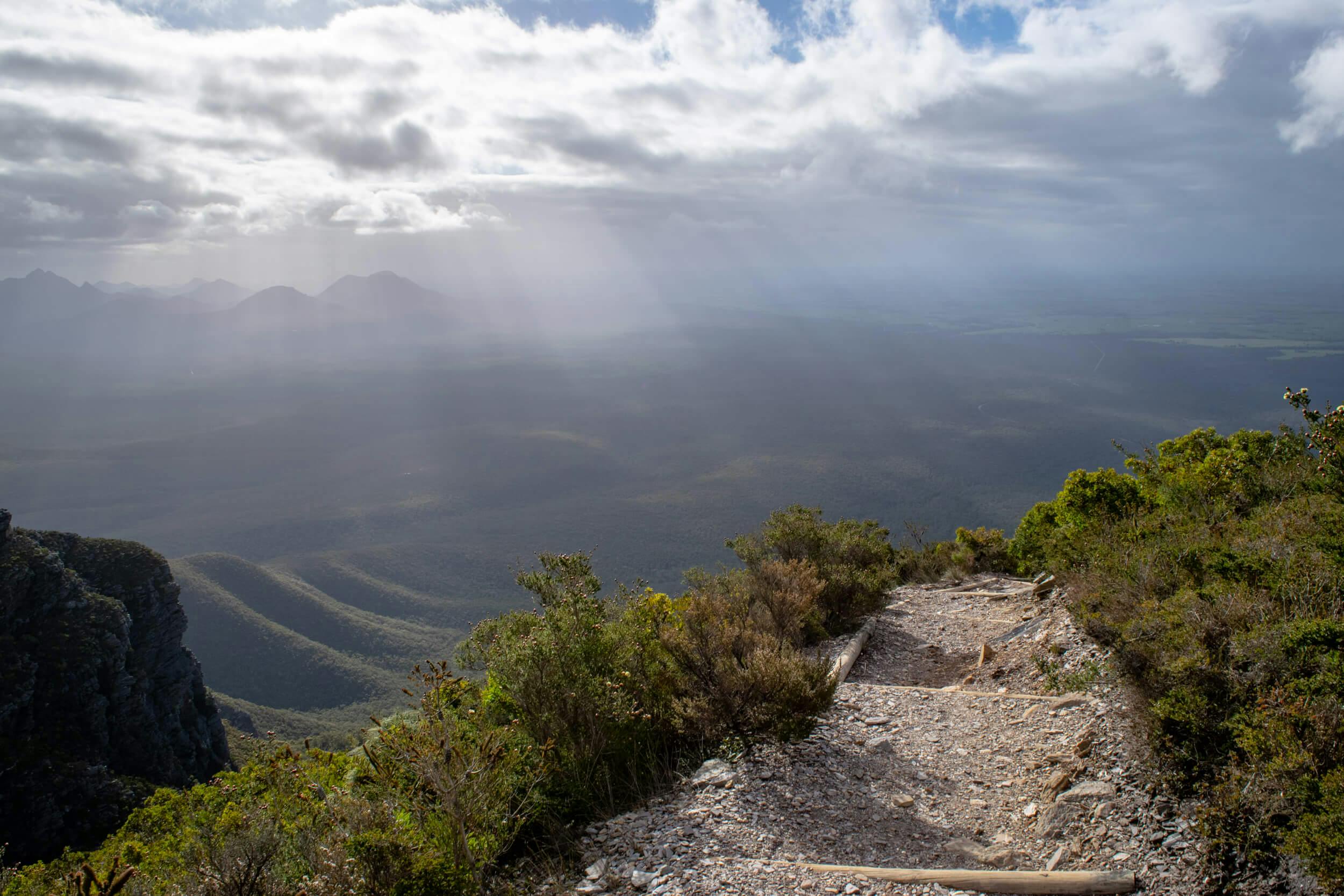
As the highest point in the South West, Bluff Knoll is a very popular spot for those looking for an adventure and some magnificent views.
As a rite of passage for many West Australians, it’s a fun experience given the lack of big mountain ranges in the state.
What is Bluff Knoll?
Bluff Knoll or Pualaar Miial (great many-faced hill) is one of many peaks in the Stirling Range National Park that you can visit. Rising 1095m above sea level, it is a formidable presence in the area and according to the Noongar people, is home to spirits that travel in the mists that envelope the mountain almost daily.
From the top of the peak on a clear day you can see far and wide. Look for the Porongurups to the south, the coastline and Mount Manypeaks to the south east and extending west are the other big peaks of the Stirling Range.
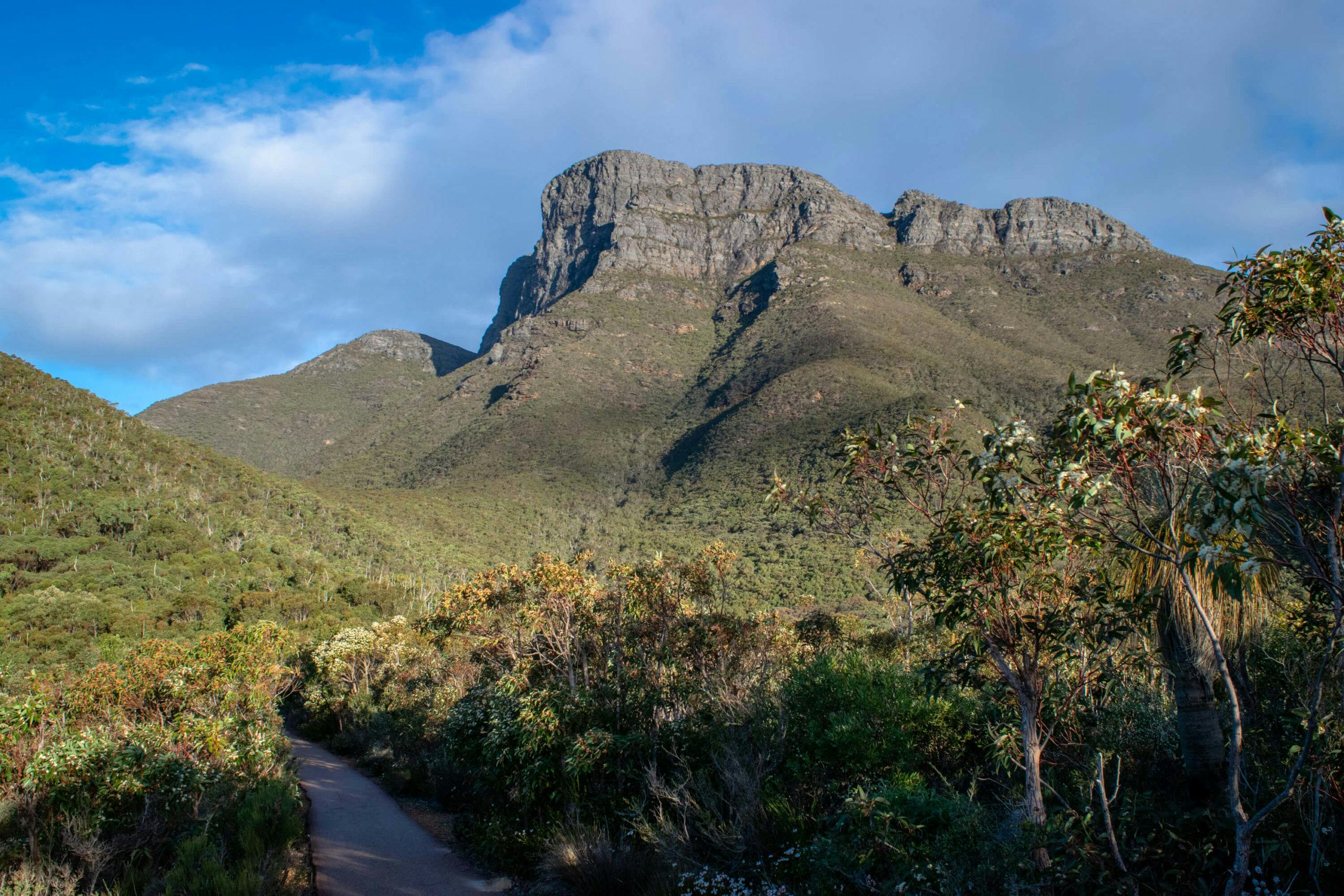
Where is Bluff Knoll?
Located about 100km north of Albany in the state’s south and 400km from Perth, the Stirling Range National Park is easily accessible by 2WD cars. If you’re coming from Perth then take Albany Hwy all the way to the Cranbrook turn-off and follow the signs all the way to the park. If you’re approaching from Albany, get on Chester Pass Rd and head north until you start seeing the mountains.
Bluff Knoll is located on Bluff Knoll Drive, a one way access road to the car park off Chester Pass Road. There is plenty of parking at the base of the mountain (peak times can be very busy) where you will find toilet facilities and a lookout.
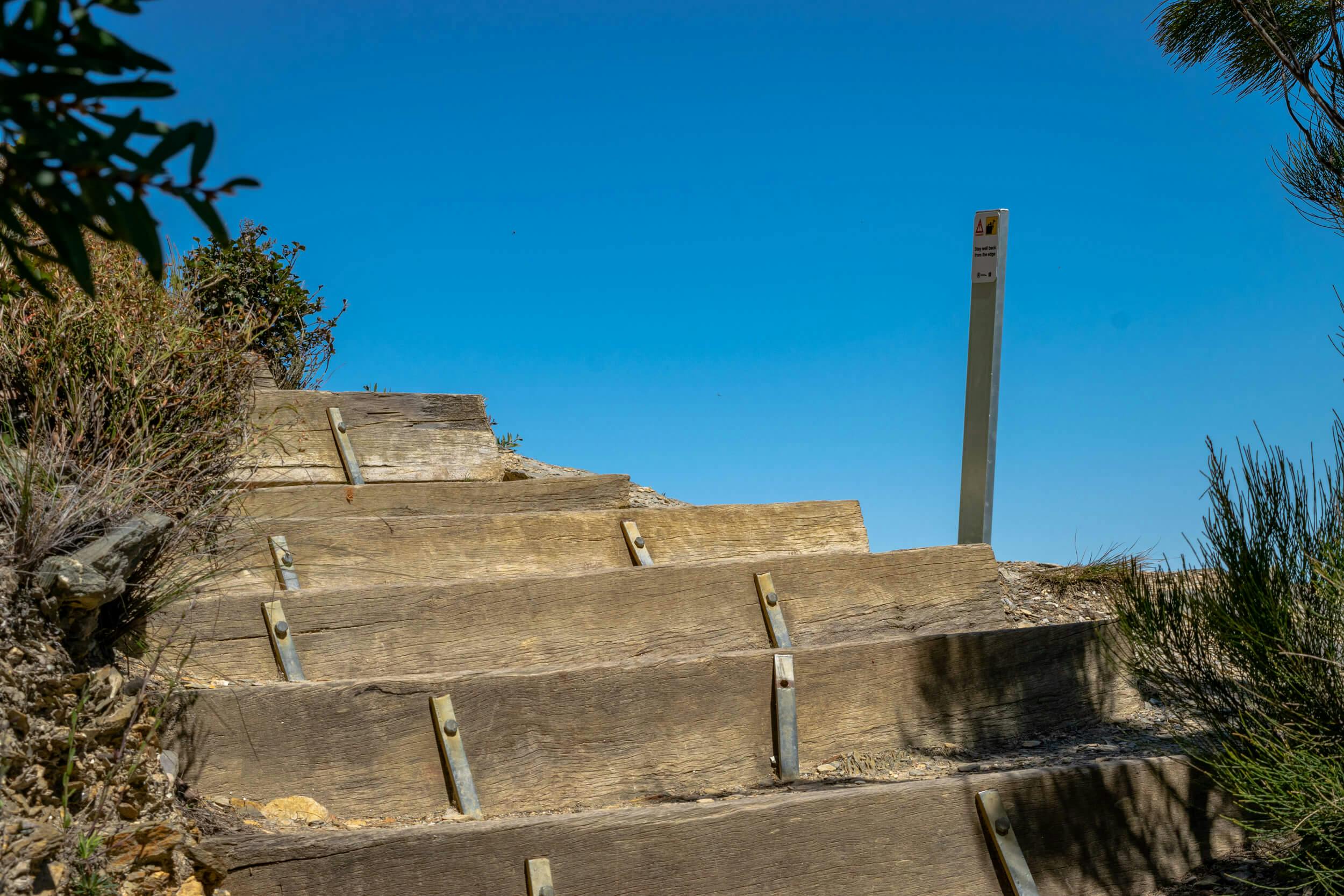
What to do at Bluff Knoll:
Bluff Knoll is famous for the 6km return walk trail that takes you from the car park all the way to the summit. While WA doesn’t have the big mountains that other states do, the 3km trail to the top is pretty much straight up. Averaging a 20% gradient, it is a challenging hike that catches some people out with its difficulty.
If you are there on a clear day you will get some stunning views that you can use as a good excuse to stop and catch your breath. There is no need to rush though as there is plenty to see along the way. From late winter through summer there is a good chance you’ll see some wildflowers with plenty being unique to the Stirling Range and after a bit of rain there is a small waterfall about halfway up where you can top up your water bottle.
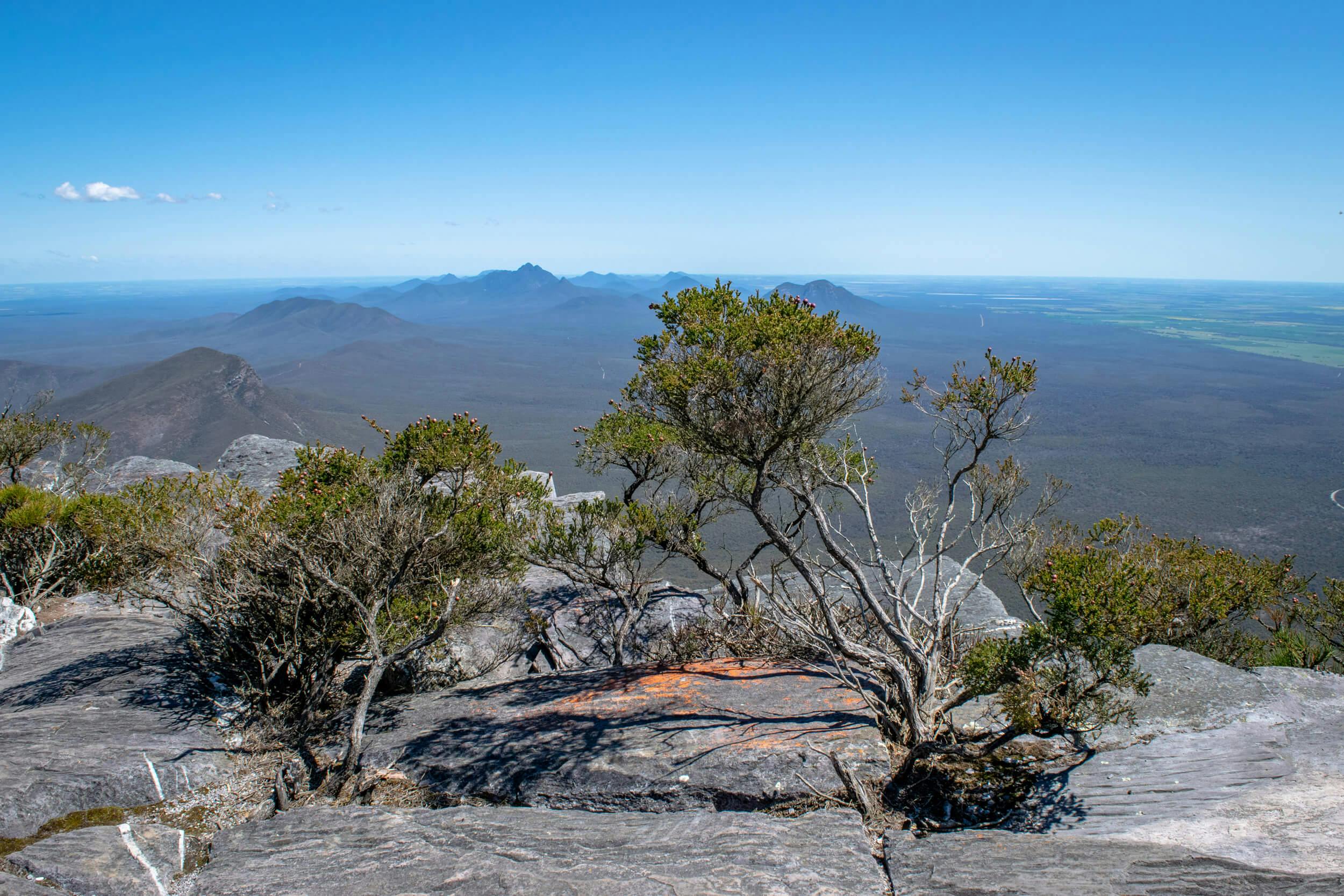
What not to do:
Come unprepared. With a 600m difference between the car park and the summit along with the variable weather conditions that this area is known for, it is best to over pack for Bluff Knoll. Pack plenty of water, a rain jacket and something warm to wear as conditions can and most likely will change while you are there.
While the trail is usually well graded, there are sheer drops right on the edge in places where you need to be careful. Unfortunately 2019 saw a couple of deaths on the trail and several other rescues. It’s very easy to slip, especially if it’s wet and windy so be aware of your conditions and take a cautious approach.
Subscribe to our free newsletter!
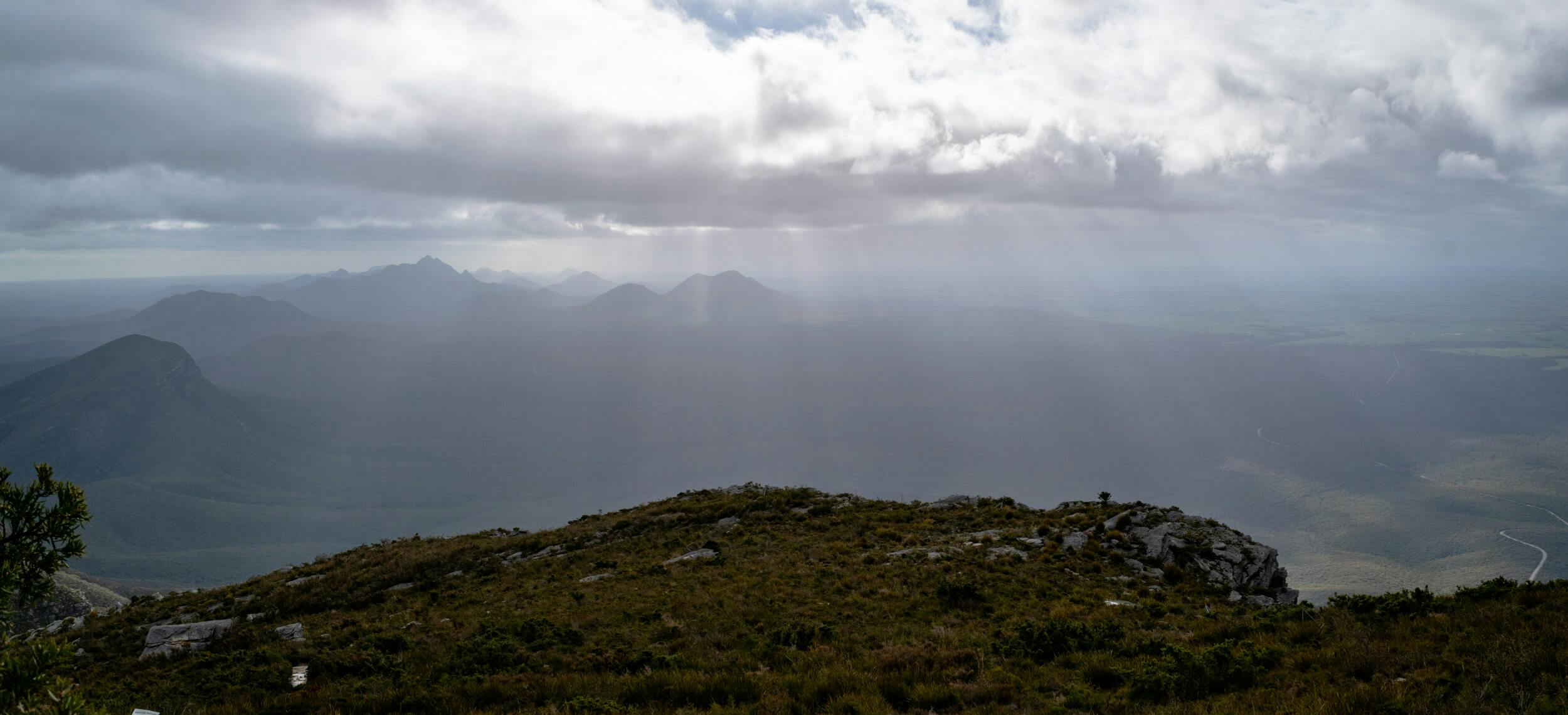
Anything else?
Bluff Knoll is the only place in WA where you will have a good chance at seeing snow on a regular basis (a couple of times a year). When the cold fronts come in and the conditions are right then the summit becomes a winter wonderland for an hour or two (usually at sunrise). For those brave enough to wake up before dawn and climb up to see this spectacle then make sure you take note of the What Not to Do section.
Unfortunately the Stirling Range has been devastated by back to back fires in 2018 and 2019. Parks and Wildlife have worked hard to restore the trail but the landscape will take some time to recover. Don’t let this stop you visiting as the local businesses are still open and ready for visitors.
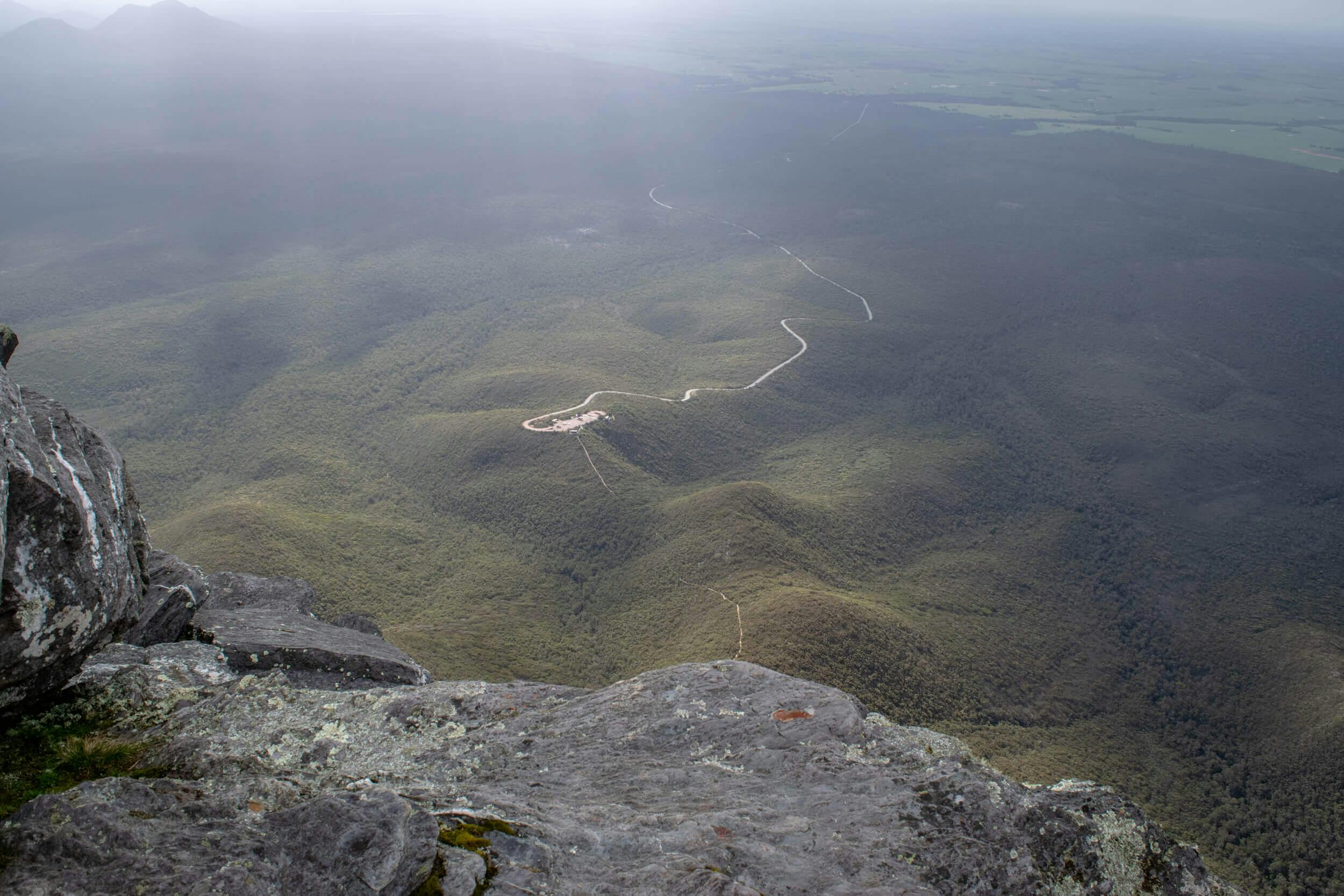
About the author:
Mark (The Life of Py) is a Perth based outdoor enthusiast that loves exploring the trails of Western Australia in his free time. When he isn’t out taking photos he is busy planning the next adventure. See more of his content HERE.